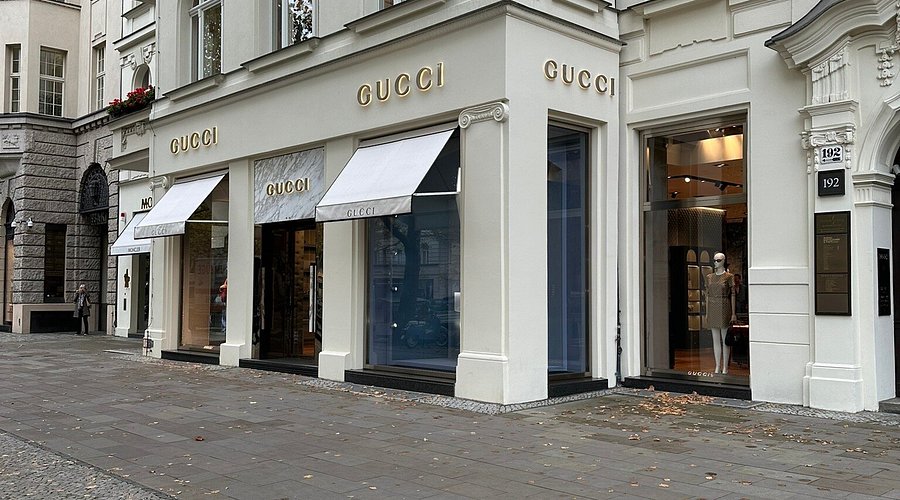Bespoke Investments
By
John Carter
Last updated:
October 6, 2025
First Published:
October 6, 2025

Photo: Barron's
The concept of investment is evolving beyond stocks, bonds, and traditional assets. Today’s ultra-wealthy are increasingly turning to art advisors to guide their financial decisions, blurring the lines between aesthetic passion and wealth management. The focus is shifting from generic portfolio growth to personalized, culturally enriched strategies that reflect both taste and strategic foresight.
Art as a Financial Instrument
Historically, art has been seen as a luxury indulgence, a statement of wealth rather than a formal investment. That perception is changing. High-value artworks now serve as tangible assets with potential for substantial appreciation. For wealthy collectors, art is no longer merely decorative; it is a versatile financial instrument capable of diversifying and strengthening a portfolio.
The Rise of the Art Advisor
The role of art advisors has expanded beyond sourcing masterpieces for private collections. Today, they function as investment strategists, offering insights into market trends, valuation, and liquidity. Their expertise often surpasses that of traditional financial planners when it comes to non-traditional assets. By advising on acquisitions, sales, and long-term strategies, art advisors are redefining how wealth can be cultivated through aesthetic channels.
Personalized Portfolios
Unlike conventional investment methods, art investment is highly personalized. Advisors tailor collections based on the client’s tastes, risk tolerance, and financial objectives. Each piece is chosen not only for potential monetary growth but also for alignment with the client’s identity and legacy. This bespoke approach transforms investing into a deeply curated experience, where aesthetic judgment and financial strategy coexist.
Tangible and Emotional Value
Art offers an intrinsic emotional return alongside financial gains. Owning a rare painting or sculpture delivers personal satisfaction, prestige, and cultural capital. Wealthy individuals increasingly prioritize assets that provide both economic security and emotional fulfillment. In this sense, art investment embodies a holistic approach to wealth, integrating mind, heart, and portfolio.
Market Dynamics and Expertise
The art market operates differently from traditional financial markets, with nuances in valuation, provenance, and rarity. Art advisors possess specialized knowledge of auctions, galleries, and private sales, enabling them to identify undervalued opportunities and emerging artists. Their guidance helps clients navigate a complex ecosystem that offers significant rewards for those with informed expertise.
Shifting Perceptions of Wealth
The adoption of art as an investment tool reflects a broader cultural shift. Modern wealthy consumers value experiences, prestige, and social influence as much as numerical returns. Art provides a platform to display discernment, cultural sophistication, and foresight. Wealth is no longer simply measured in numbers; it is defined by how intelligently and tastefully it is allocated.
Intergenerational Planning
Art investments also carry significant implications for legacy and inheritance planning. High-net-worth families can use curated collections to transfer cultural and financial wealth simultaneously. Art advisors guide not only acquisition but also estate planning, ensuring that collections maintain value and significance across generations. This dual function underscores the growing strategic importance of aesthetic assets.
Integration with Technology
Digital platforms, virtual galleries, and blockchain authentication are transforming how art investments are managed. Advisors increasingly leverage technology to track valuations, verify provenance, and facilitate sales. This integration enhances transparency, reduces risk, and makes art a more accessible and measurable component of a sophisticated investment strategy.
The Future of Bespoke Wealth
As traditional financial advisors recognize the growing demand for personalized, culturally informed strategies, the collaboration between art and wealth management is likely to deepen. Bespoke investments represent a fusion of intellect, creativity, and foresight. Art advisors are no longer auxiliary consultants; they are central architects of contemporary wealth, shaping portfolios that reflect both aesthetic sensibilities and financial acumen.
Redefining Value
Ultimately, this trend signals a redefinition of value in the world of wealth. It moves beyond mere accumulation toward enrichment of the mind, spirit, and legacy. Bespoke investments remind us that wealth is not only measured in numbers but also in the beauty, meaning, and cultural significance that it cultivates.
Subscribe to unlock premium content
Sed at tellus, pharetra lacus, aenean risus non nisl ultricies commodo diam aliquet arcu enim eu leo porttitor habitasse adipiscing porttitor varius ultricies facilisis viverra lacus neque.
A comprehensive guide on Agile development

10 Productivity tools that are worth checking out

Top 7 Must have management tools for productivity

A comprehensive guide on Agile development

10 Productivity tools that are worth checking out

A comprehensive guide on Agile development








.png)
